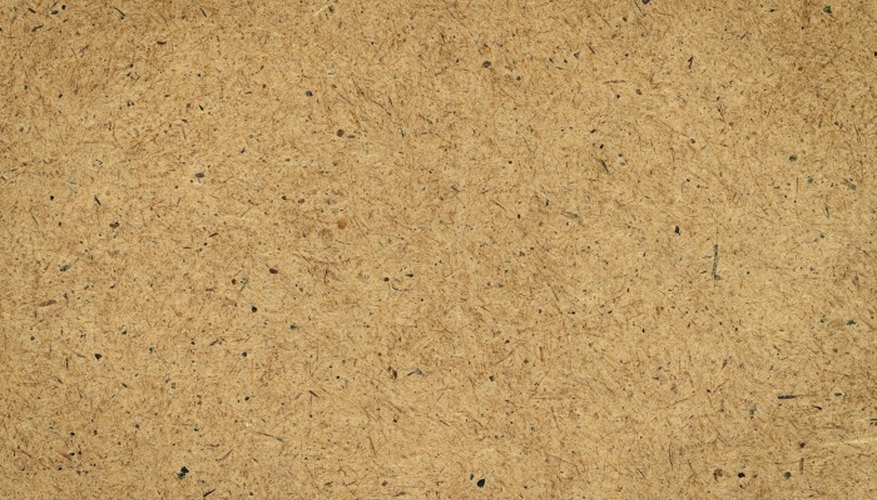Medium-density fibreboard (MDF) is a composite wood product made of compressed wood fibres, mixed with wax and resin. MDF is similar to particleboard and hardboard and is known for its strength, smooth surface and edges and affordable pricing. MDF has many applications and various sizes and comes with its share of advantages and disadvantages, and is overall a very popular choice for many woodworkers.
Sizes and Thicknesses
The normal size for medium-density fiberboard is in panels of 122 by 244 cm (4 feet by 8 feet). Many manufacturers will custom make any size. MDF is made in thicknesses ranging from 9 to 38 mm.
Applications
MDF is used for woodworking, cabinetmaking and furniture-building as a replacement for solid wood or plywood. Medium-density fiberboard is usually finished with one coat of primer and two coats of paint. It is used as the substrate material for plastic laminate or wood veneer for many cabinets and furniture products.
- MDF is used for woodworking, cabinetmaking and furniture-building as a replacement for solid wood or plywood.
MDF works well in applications like cabinet doors, wainscoting, panelling, interior trim, window and door casings, coffered ceilings, mantels and built-in wall units. Most woodworking glues will adhere to MDF and straight-shank drywall screws or decking screws should be used for most applications of MDF. Drilling pilot holes before screwing into MDF may be advised to avoid splitting. Hardwood dowel pins, compressed-wood biscuits, coated staples and ring-shank nails can also be used on MDF projects.
Advantages
MDF is less expensive than wood, easier to work with, more uniform and more stable of a material. MDF won't warp, check or crack and has no knots or surface grain which makes it easier to cut, drill into, file or paint. Carbide-tipped saw blades, router bits, and shaper cutters work well on MDF with minimal damage to tools or the MDF.
Disadvantages
Medium-density fiberboard is a heavier material than most solid woods, and because it's so hard and dense, MDF may dull saw blades and router bits more quickly than solid wood. MDF also causes potential problems if the edges become waterlogged since the material will swell. There is a health danger from using MDF because most MDF panels are made with resins that contain formaldehyde, a suspected carcinogen. It is best to wear a respirator and safety goggles and provide adequate ventilation when you cut or sand MDF to avoid inhaling the dust. The cutting edges of your tools will probably dull quickly due to the glue fibres in the MDF.
- Medium-density fiberboard is a heavier material than most solid woods, and because it's so hard and dense, MDF may dull saw blades and router bits more quickly than solid wood.
- There is a health danger from using MDF because most MDF panels are made with resins that contain formaldehyde, a suspected carcinogen.
Speciality Products
Speciality products include ready to install mouldings in 4.8-metre (16-foot) lengths made from MDF that are usually primed and can be used for casings, crown, baseboards, chair rails and many other interior trim applications. Precut MDF shelving material in is also available in a wide range of sizes.
Other speciality MDF panels include a light MDF that is 25 per cent lighter than standard MDF, moisture-resistant MDF, fire-retardant MDF and a combination MDF that is both moisture- and termite-resistant for outdoor applications.
